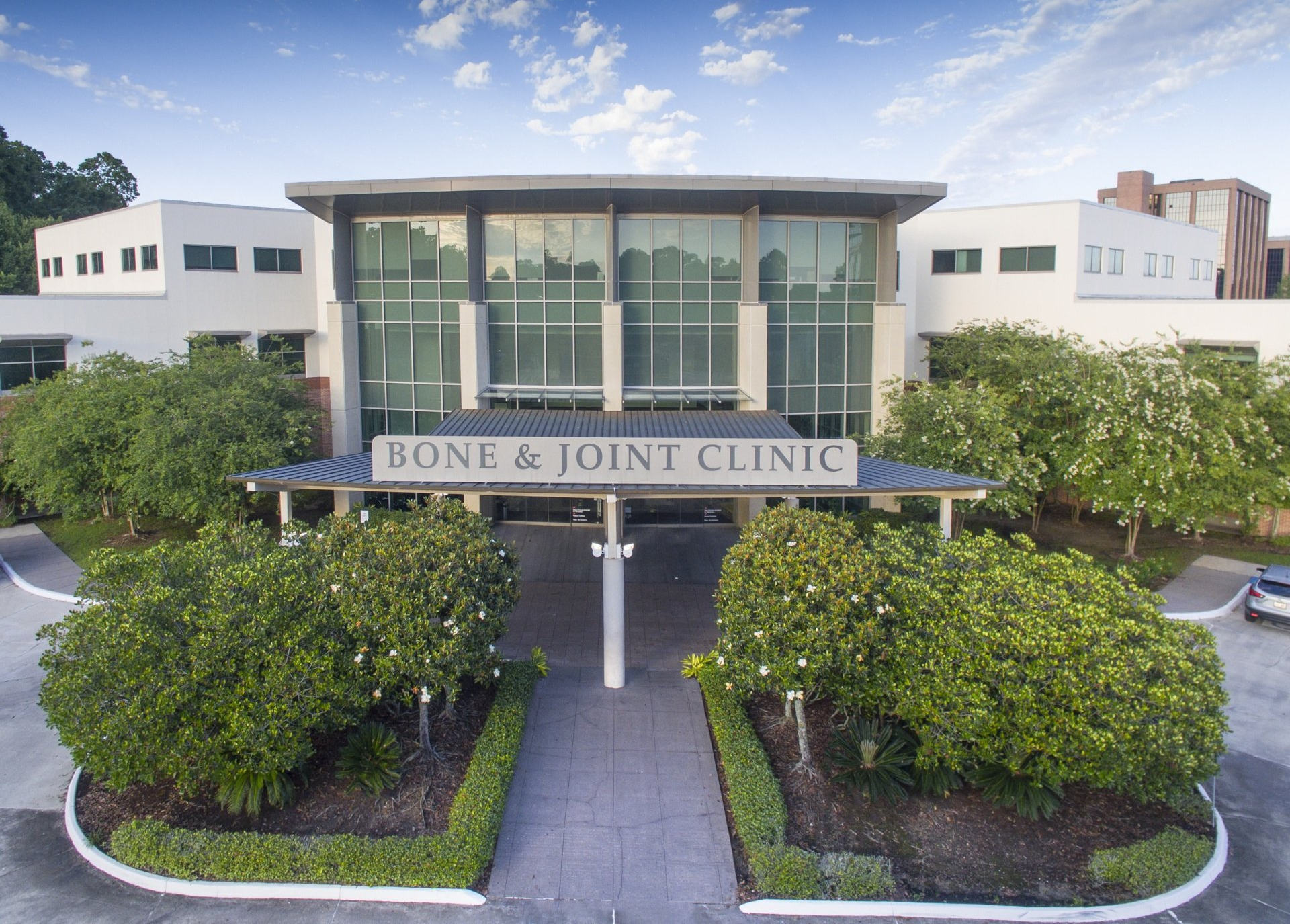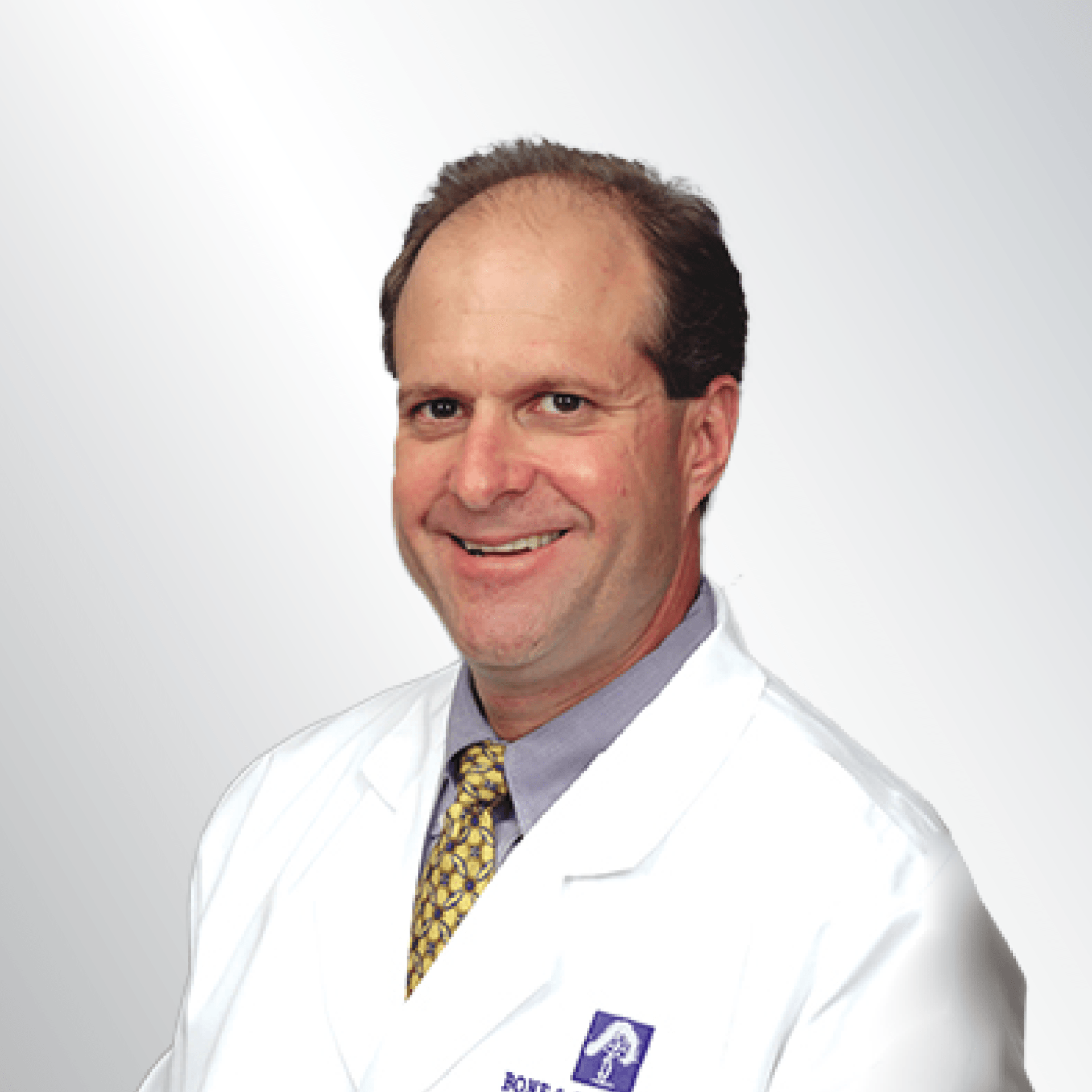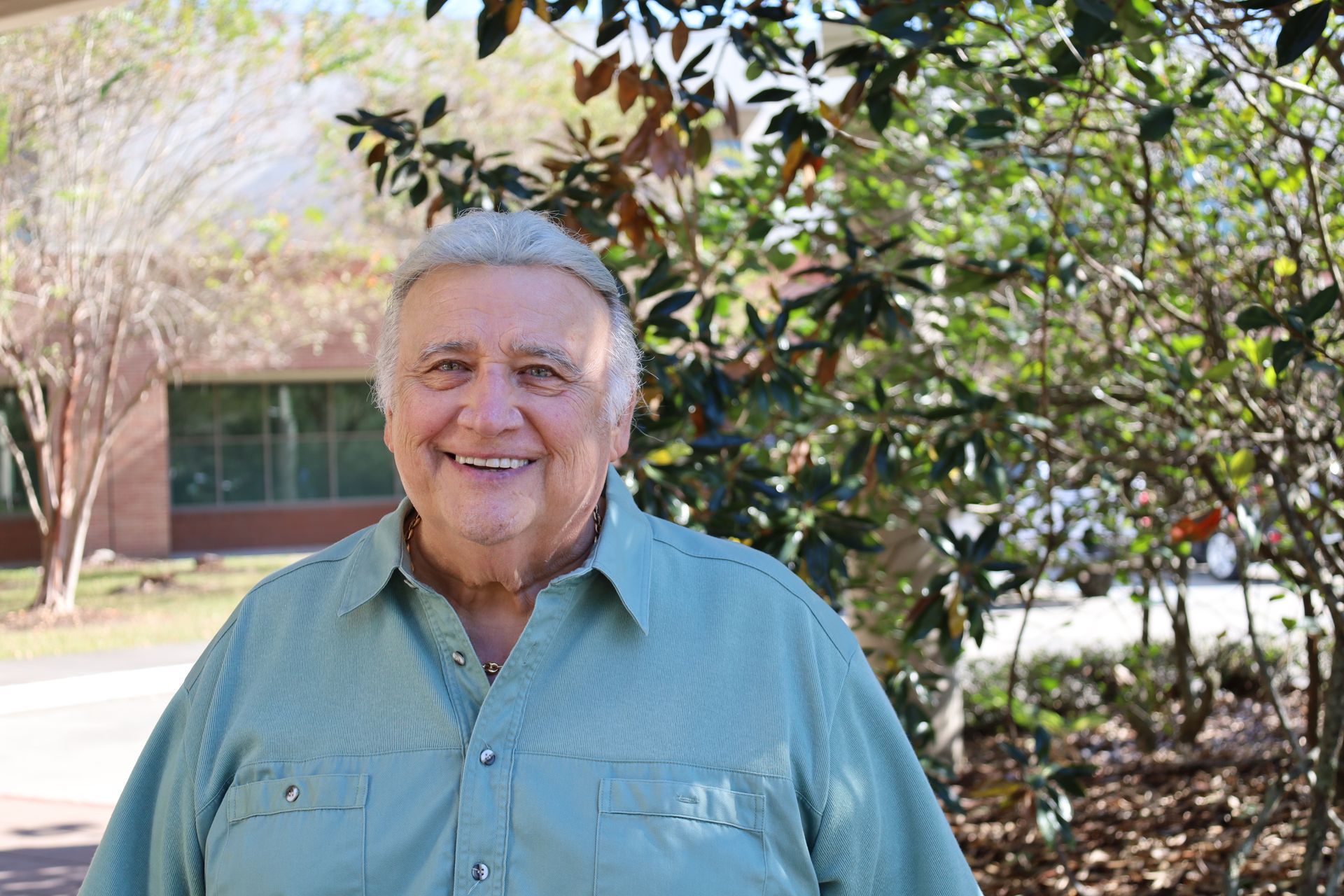Broken bones come in many shapes and sizes. They can be a simple as a hairline stress fracture or as complicated as a compound fracture that protrudes the skin. While most instances of bone fractures can be resolved with time and immobilization through a cast or brace, some are so severe that surgery may be the only option for repair. Below are two of the most common broken bones requiring surgery.
Surgical Repair of a Broken Femur (Thighbone)
The femur, or thighbone, is the largest bone in the body. It is responsible for supporting a significant amount of weight and plays a vital role in mobility. Femur fractures are less common than others because it typically takes a considerable amount of force to break this bone. In most cases, the femur is broken due to a traumatic situation such as a car accident.
Nearly all instances of femur fracture will require surgical repair. The most common surgical approach to this type of break is called intramedullary nailing or intramedullary fixation. During this procedure, a metal rod the length of the femur is inserted and attached to the top and bottom of the bone with screws. This rod holds the thighbone in place as it heals. Less commonly, an external fixation device may be used. Following surgery, orthopedic physical therapy will be an essential part of the healing process. Typical healing time from a broken femur is three to six months.
Surgical Repair of a Broken Humerus (Shoulder)
While most shoulder fractures can be successfully treated without surgery, breaks to the ball portion of the shoulder joint, or the humeral head, occasionally need to be treated surgically. Breaks to this bone can happen due to excessive force from auto or sports accidents in younger patients. However, they are most commonly observed in elderly patients with weakening bones from osteoporosis.
If a proximal humerus fracture occurs along with a dislocation, breaks into multiple pieces, penetrates the skin, or puts surrounding soft tissues at risk, surgery may be needed. Open reduction internal fixation, or ORIF, is the most common procedure used for this type of break. This surgery involves using a metal plate and screws to hold the humeral head in place as it heals. Depending on the severity of the injury and the patient's age, shoulder replacement may be preferable. While the bone itself may fully recover in a matter of a couple of months, complete rehabilitation could take up to six months.
Orthopedic Trauma Surgeons in Baton Rouge
Many orthopedists focus on a particular area of specialty. For orthopedic trauma surgeons, that area of focus is on the treatment of complex fractures and dislocations. Physicians like Dr. Arthur Hess of The Bone and Joint Clinic have extensive fellowship training to provide patients with these types of injuries the most skilled and comprehensive care possible. If you have recently suffered a traumatic orthopedic injury, contact our clinic to schedule an appointment.




